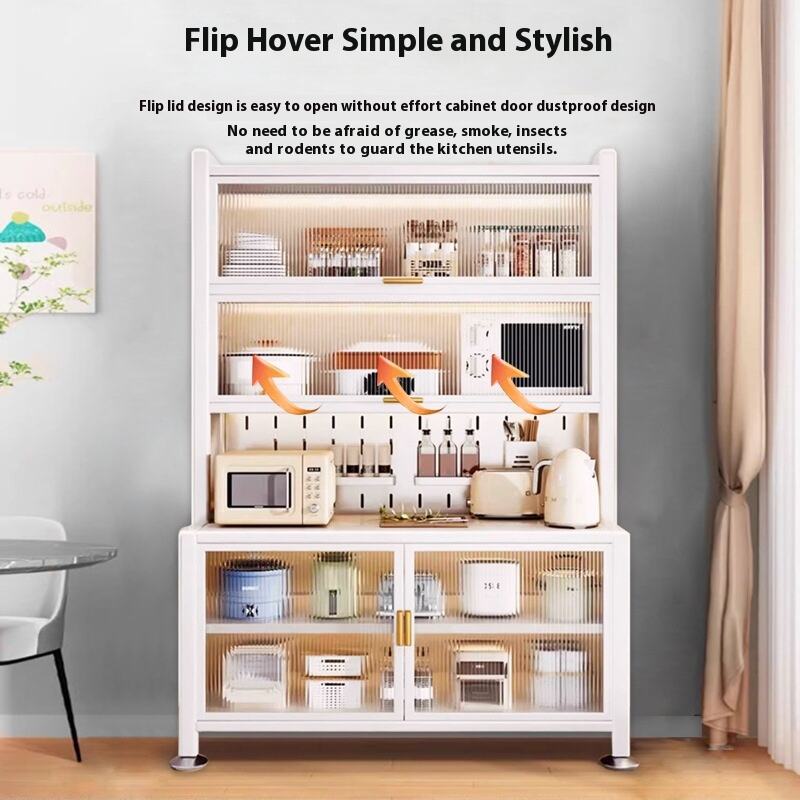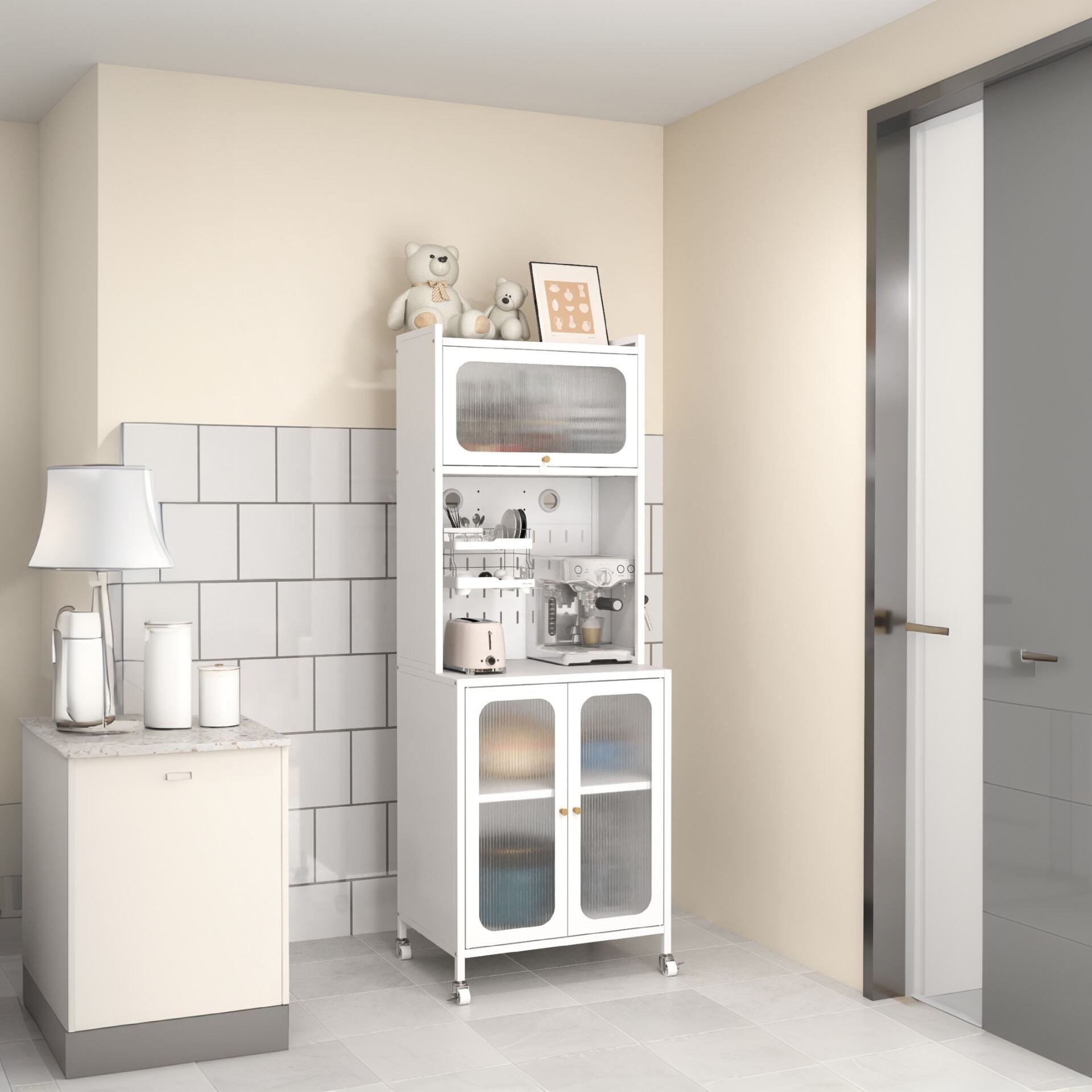Essential Care Guide for Preserving Living Room Cabinet Finishes
Your living room cabinets are more than just storage solutions – they're significant investments that contribute to your home's overall aesthetic appeal. Proper cabinet maintenance ensures these beautiful pieces remain pristine for years to come, protecting both their appearance and functionality. Whether you have inherited vintage cabinets or recently installed modern units, understanding the correct care techniques can dramatically extend their lifespan and preserve their original luster.
Regular cabinet maintenance not only keeps your furniture looking its best but also prevents costly repairs or replacements down the line. From daily cleaning routines to long-term protection strategies, a comprehensive approach to cabinet care will ensure your living room remains a showcase of well-maintained elegance.
Understanding Different Cabinet Finishes
Types of Wood Finishes
Living room cabinets come with various finish types, each requiring specific care approaches. Oil-based finishes penetrate deep into the wood, offering natural protection while enhancing grain patterns. Lacquer finishes provide a hard, durable surface that resists moisture and daily wear. Polyurethane coatings create a clear, protective layer that guards against scratches and water damage.
Varnish finishes offer excellent durability and bring out the wood's natural beauty, while paint finishes can range from matte to high-gloss, each with unique maintenance needs. Understanding your cabinet's finish type is crucial for proper cabinet maintenance and protection.
Recognizing Quality Finishes
High-quality cabinet finishes exhibit certain characteristics that set them apart. They should feel smooth to the touch, show consistent color throughout, and demonstrate resistance to light scratching. Premium finishes also maintain their appearance under varying light conditions and show minimal signs of wear at contact points.
Learning to recognize these qualities helps in maintaining appropriate care routines and identifying early signs of deterioration that require attention. Regular cabinet maintenance becomes more effective when you can spot potential issues before they become serious problems.

Daily Care and Cleaning Protocols
Proper Dusting Techniques
Daily dusting is fundamental to cabinet maintenance and should be performed with appropriate materials. Use soft, lint-free cloths or microfiber dusters to prevent scratching. Always dust in the direction of the wood grain to avoid pushing particles into the finish's microscopic pores.
Avoid feather dusters or rough materials that might create fine scratches over time. Regular dusting prevents dirt accumulation that could otherwise require more aggressive cleaning methods, potentially damaging the finish.
Cleaning Solutions and Methods
When it comes to deeper cleaning, choose products specifically formulated for your cabinet's finish type. Mild soap solutions work well for most finishes, but avoid harsh chemicals that can strip protective layers. Apply cleaning solutions to your cloth rather than directly on the cabinet surface to prevent excessive moisture exposure.
For stubborn spots, never scrub aggressively. Instead, allow the cleaning solution to sit briefly before gentle wiping. This approach maintains the integrity of the finish while effectively removing dirt and grime.
Protection Strategies for Long-Term Preservation
Environmental Controls
Controlling your living room's environment plays a crucial role in cabinet maintenance. Maintain consistent humidity levels between 40-50% to prevent wood expansion and contraction. Use dehumidifiers in summer and humidifiers in winter if necessary. Position cabinets away from direct sunlight and heat sources that can cause fading or warping.
Consider using UV-protective window films or appropriate window treatments to shield cabinets from harmful sun exposure. Regular monitoring of room conditions helps prevent finish deterioration and structural issues.
Protective Treatments
Periodic application of appropriate protective treatments helps maintain cabinet finishes. For wood cabinets, quality furniture wax or polish creates an additional protective layer while enhancing the finish's appearance. Apply these products sparingly and according to manufacturer guidelines to avoid build-up.
Some finishes benefit from specialized conditioning treatments that nourish the wood and prevent drying. Always test new products on a small, hidden area first to ensure compatibility with your cabinet's finish.
Addressing Common Finish Problems
Minor Repairs and Touch-ups
Even with diligent cabinet maintenance, minor damage can occur. Small scratches in clear finishes often respond well to carefully applied touch-up markers or fill sticks. For painted finishes, keep some matching paint for spot repairs. Address chips or scratches promptly to prevent further deterioration.
Learn to distinguish between surface damage that you can repair yourself and issues requiring professional attention. Quick response to minor problems prevents them from becoming major restoration projects.
Professional Restoration Options
When damage exceeds DIY repair capabilities, professional restoration services can revive worn finishes. Experts can strip and refinish cabinets, repair structural damage, and restore original beauty without compromising the furniture's integrity. Regular maintenance helps minimize the need for such extensive interventions.
Keep records of your cabinet's finish type and any previous repairs to assist professionals in choosing appropriate restoration methods. This information ensures the best possible results when professional service becomes necessary.
Frequently Asked Questions
How often should I polish my living room cabinets?
The frequency of polishing depends on your cabinet's finish type and usage. Generally, applying furniture polish or wax every 3-4 months provides adequate protection while preventing product build-up. However, high-traffic areas might require more frequent attention as part of regular cabinet maintenance.
What should I do about water marks on cabinet surfaces?
For fresh water marks, immediately dry the area with a soft cloth. For existing marks, try placing a clean cloth over the spot and applying mild heat with an iron on low setting. If this doesn't work, specialized water mark removers designed for your finish type may help. Prevention through prompt wiping and using coasters is the best long-term solution.
Can I use multi-purpose cleaners on my cabinet finish?
It's best to avoid general-purpose cleaners as they may contain harsh chemicals that damage finishes. Stick to products specifically formulated for cabinet maintenance and your particular finish type. When in doubt, plain water with a mild dish soap is usually safe for most finishes, provided you don't oversaturate the surface.

